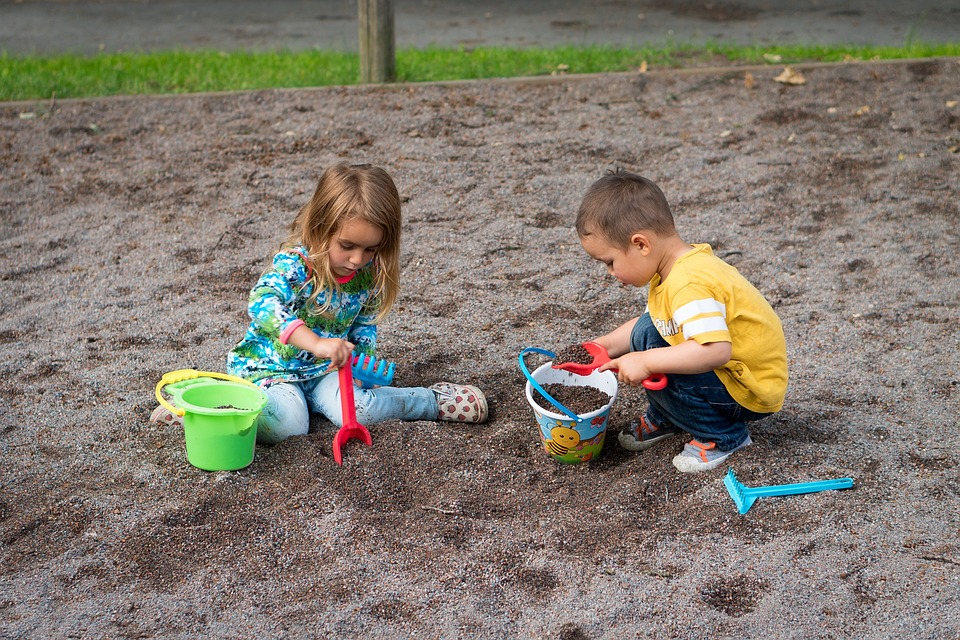Sandbox Games and Learning: The Edu-Gaming Revolution
In the ever-evolving landscape of education, innovative teaching methodologies are gaining traction. Among these, sandbox games have emerged as powerful tools for learning, bridging the gap between entertainment and education in what is being dubbed the "Edu-Gaming Revolution." This article explores how sandbox games redefine educational paradigms, enhance learning experiences, and prepare students for a rapidly changing world.
What is a Sandbox Game?
Sandbox games are open-ended play environments that allow players the freedom to explore, create, and interact with the game world in unrestricted ways. Unlike traditional games with linear narratives and fixed objectives, sandbox games offer players the agency to set their goals, experiment with possibilities, and learn through trial and error. Popular examples include titles like "Minecraft," "Roblox," and "Garry’s Mod," each providing unique platforms for creativity and collaboration.
The Educational Value of Sandbox Games
-
Encouraging Creativity and Critical Thinking:
- Sandbox games empower learners to express themselves creatively. In environments like "Minecraft," students can build intricate structures, design cities, or simulate ecosystems. This creative freedom fosters critical thinking as students must devise strategies to solve problems, whether related to architecture, resource management, or social dynamics within the game.
-
Collaborative Learning:
- Many sandbox games support multiplayer interactions, allowing students to collaborate on projects and share ideas. Through teamwork, learners develop essential social skills such as communication, negotiation, and conflict resolution. Working in groups encourages diverse perspectives and enhances problem-solving capabilities.
-
Resilience and Adaptability:
- The inherent trial-and-error nature of sandbox games teaches resilience. Mistakes become valuable learning opportunities as players adjust their strategies and try different approaches. This adaptability is crucial in today’s fast-paced world, where the ability to pivot and learn from experiences is important for success.
-
Real-World Skills:
- From coding in "Roblox" to urban planning in "Cities: Skylines," sandbox games often mirror real-world processes, providing students with hands-on experience in fields like engineering, programming, and environmental science. These simulations help learners grasp complex concepts in an engaging context, making abstract ideas more concrete.
- Personalized Learning:
- Sandbox games can cater to various learning styles and paces. Students can choose their paths, delve deeper into subjects that interest them, and engage in self-directed learning. This personalization fosters intrinsic motivation and investment in their educational journey.
Implementing Sandbox Games in Education
To harness the potential of sandbox games in educational settings, educators should consider the following approaches:
-
Curriculum Integration:
- Educators can integrate sandbox games into existing curricula, using them as tools to reinforce lessons in subjects such as mathematics, science, history, and art. For instance, history classes could simulate historical events in a sandbox environment, allowing students to experience and better understand those moments in time.
-
Professional Development for Educators:
- Teacher training programs should include workshops on how to effectively incorporate sandbox games into their teaching. Educators need support in understanding how to leverage these tools to foster engagement and achieve learning outcomes.
- Creating a Safe Space for Experimentation:
- Schools should encourage an experimental mindset where failure isn’t stigmatized. By creating a safe environment where students can freely explore within sandbox games, educators promote a culture of innovation and curiosity.
Challenges and Considerations
While sandbox games offer numerous educational benefits, there are challenges to consider. These include access to technology, balancing gaming with traditional learning methods, and ensuring that gameplay aligns with educational goals. Moreover, educators must be vigilant about screen time and ensure that games are age-appropriate and free from harmful content.
The Future of Edu-Gaming
As we advance further into the digital age, the intersection of gaming and education is likely to expand. The continued rise of technology in classrooms, combined with the increasing recognition of the educational value of gameplay, points toward a future where sandbox games become a staple in learning environments. With ongoing research and development, these games can be integral to cultivating vital 21st-century skills among learners.
In conclusion, the integration of sandbox games into education represents a significant shift in teaching methodologies, offering an engaging, interactive, and effective means of learning. As the Edu-Gaming Revolution unfolds, educators, students, and parents alike must embrace these innovative tools to enhance educational experiences and prepare the next generation for a world of possibilities.



